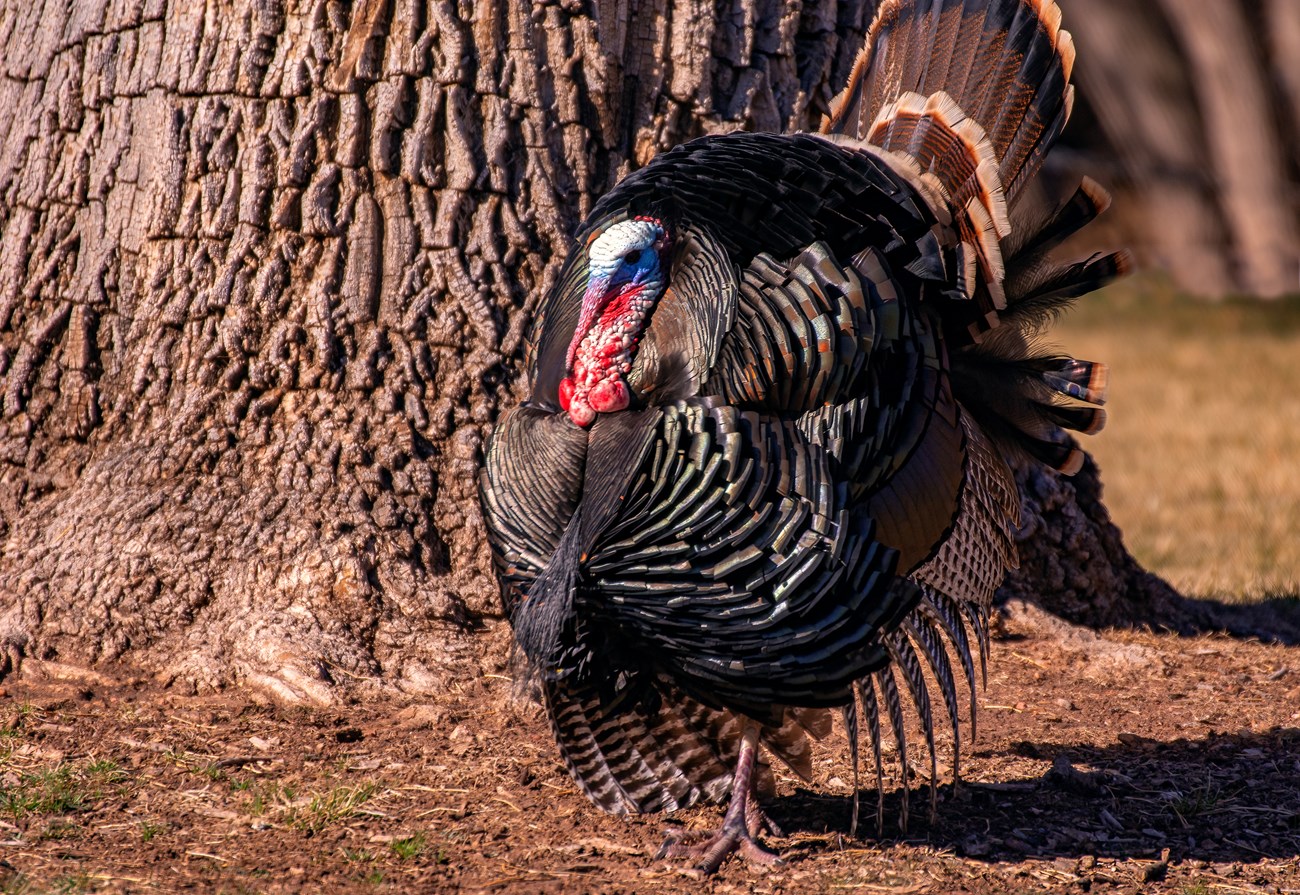Last updated: August 22, 2025
Article
Victorian Thanksgiving Traditions

NPS / Patrick Myers
Many of the traditions that started during the Victorian era celebration of this holiday carry through to today. People decorate their homes with pumpkins, turkeys, and other fall and harvest items. Meals were had all together with the finest dishes possible, and for some a children's table was created with bright decorations and games. Even the traditions of Thanksgiving and football started to take shape in the 1890s, with sports rivalries on a professional level becoming more common during this time. The Thanksgiving dinner menu is similar to this time with turkey, cranberry, stuffing, pumpkin pie, potatoes and other seasonal favorites as some examples. Today, however, we seem to have lost some of the other Victorian staples including mincemeat pies, scalloped oysters, clams, plum pudding and boiled onions.
So whether you spend your Thanksgiving cooking, playing, spending time with family, or just eating, take a moment to reflect, and give thanks to the Victorians for the holiday traditions still used today.
